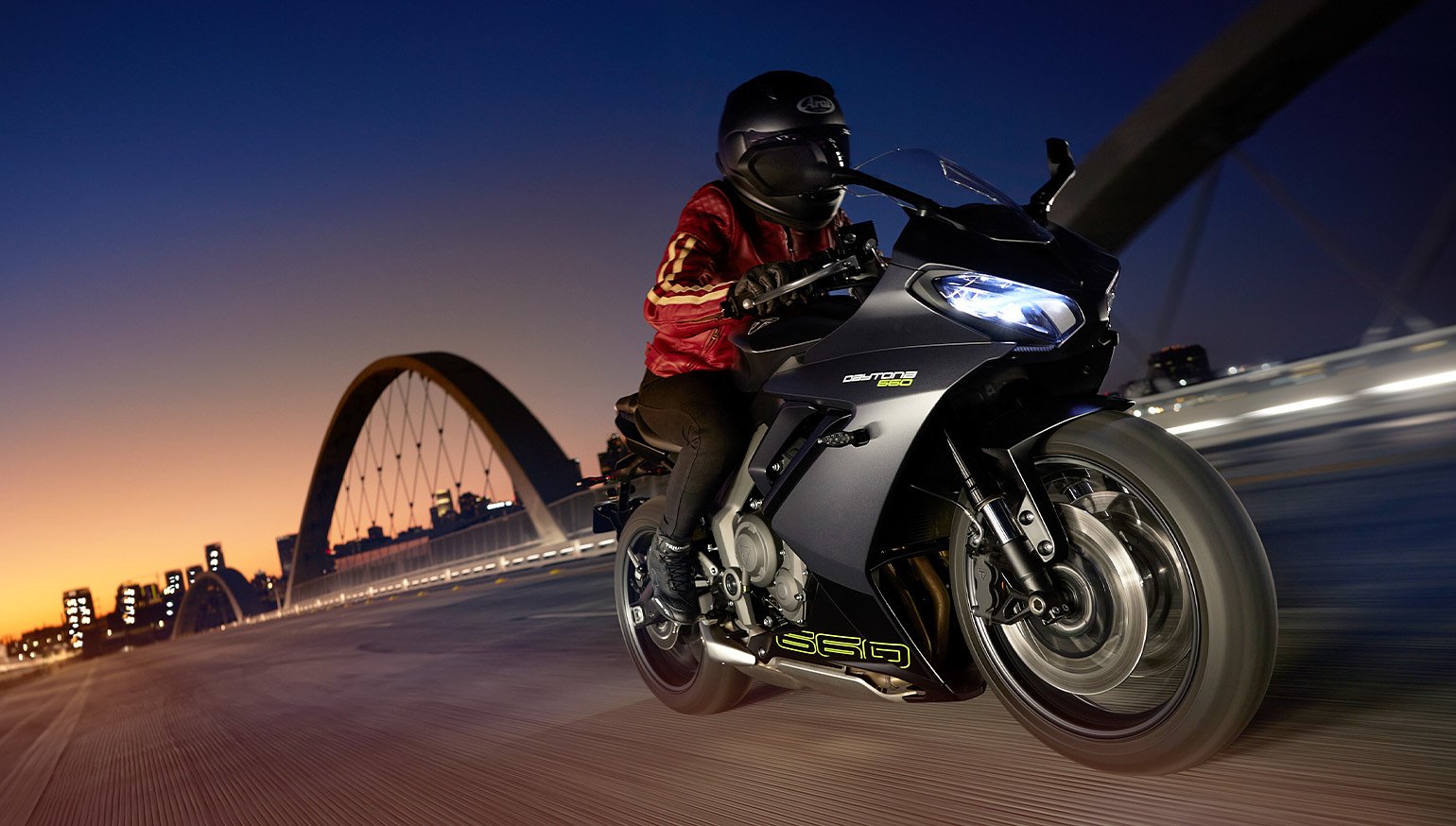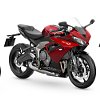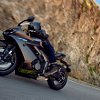Triumph ended production of the Daytona 675 in 2017. Ever since, calls to reintroduce the triple-powered sport bike have gone unanswered by the British OEM. That is, until today. With the arrival of the new Daytona 660, Triumph not only revives the iconic nameplate but also enters the growing middleweight sport category.
Waning sales led to the Daytona 675’s sudden demise. As consumers have drifted away from track-focused race replicas with high-strung engines and racy ergonomics, Triumph’s main objective is broadening the Daytona’s appeal. Triumph's competitors have already pulled ahead by producing sport bikes that are more useable in the real world, typically with twin-cylinder engines, and now the British brand is following the same trend by giving the new Daytona street-friendly performance, ergonomics, and electronics.
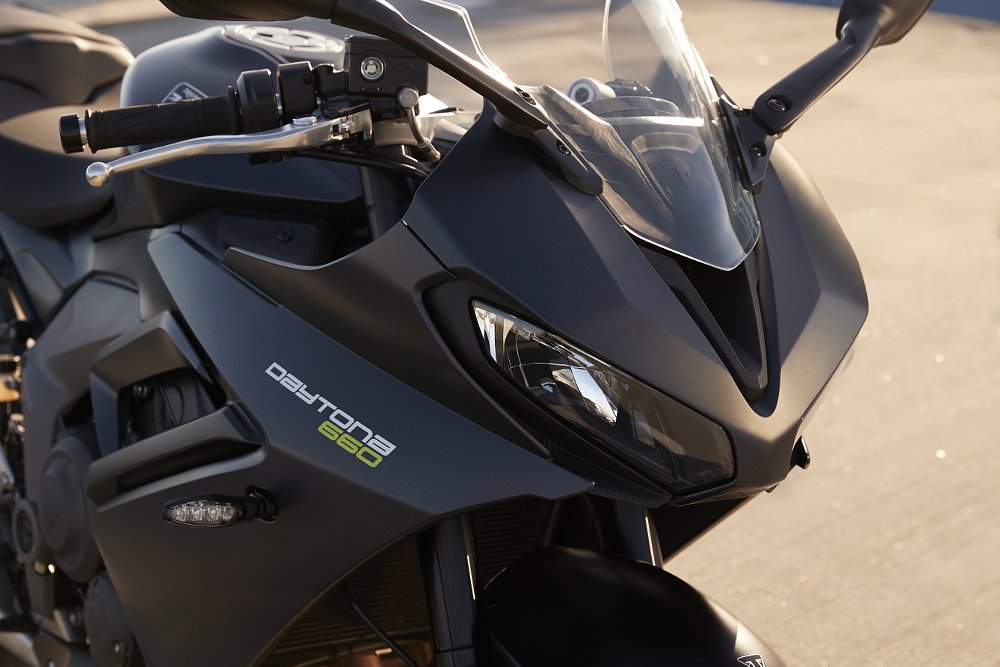
Familiar yet different
The latest Daytona leverages the 660 cc inline triple from the Trident 660 and Tiger Sport 660, but substantial revisions enhance the powerplant’s performance. That includes a new crankshaft, camshaft, pistons, and cylinder head. Externally, the engine earns three throttle bodies (compared to single throttle body on the Trident and Tiger Sport) and a model-specific three-into-one header.
According to Triumph’s calculations, the extensive upgrades result in 94 horsepower (at 11,250 rpm) and 50.9 foot-pounds of torque (at 8,250 rpm). Those figures equate to a 17% horsepower increase and a 9% torque increase over the Trident 660. The Daytona also revs higher, with a 12,650 rpm redline; all while delivering 80% of its torque between 3,125 rpm and 11,750 rpm.
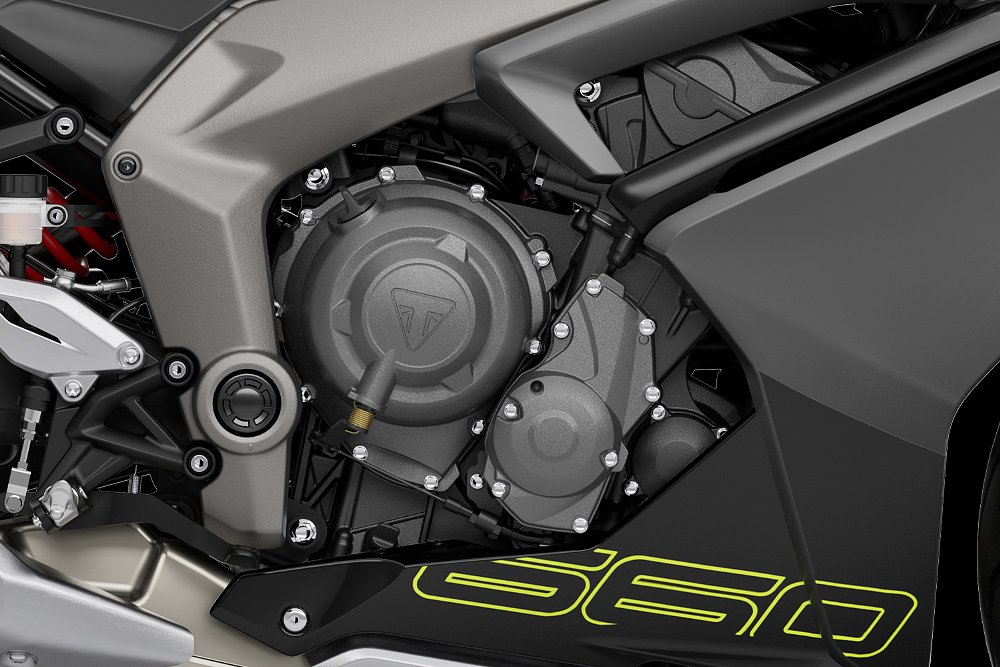
Hinckley engineers designed the Daytona 660’s perimeter frame to harness that newfound performance. The tubular steel unit not only accommodates the triple’s three throttle bodies but also yields sportier geometry (than the Trident 660). Showa complements the lightweight frame with its 41 mm inverted fork and a rear shock featuring remote preload adjustment.
Much of the braking duties fall to Triumph-branded four-piston calipers, 310 mm discs, and braided lines up front. Further aft, a 220 mm rotor and single-pot binder provide additional stopping power. Both ends benefit from ABS monitoring. Lastly, Triumph wraps the model’s five-spoke aluminum wheels in Michelin Power 6 tires, readying it for both dry and wet conditions.
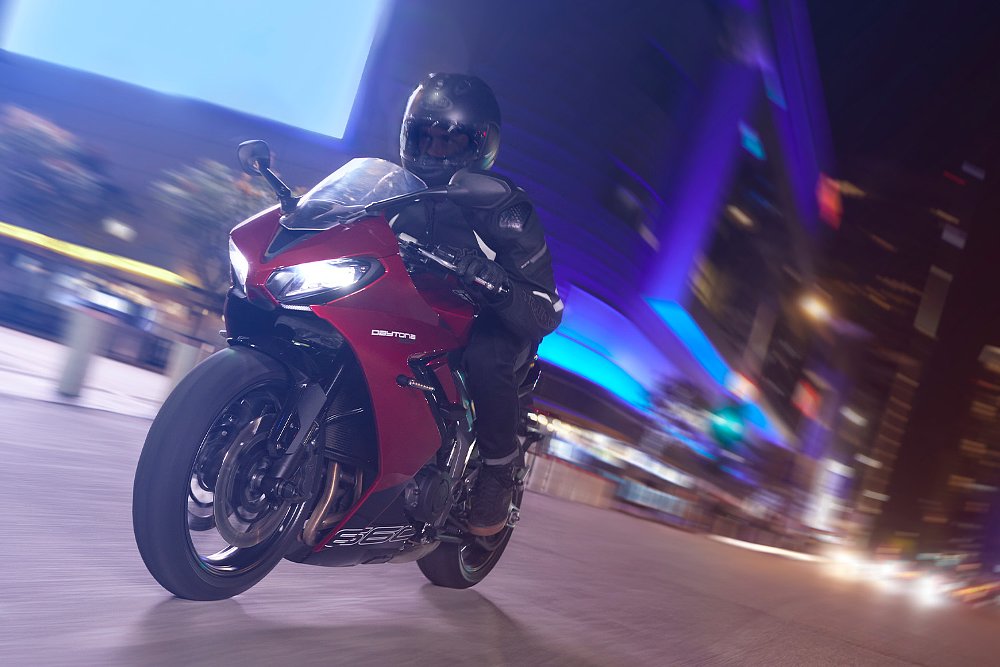
The brand aims for similar versatility when it comes to ergonomics. Clip-on bars mounted above the top yoke meet sport bike expectations without wrist-aching results. The same logic applies to the footpeg position, which finds the “optimum balance of comfort and cornering clearance,” according to Triumph. The 31.9-inch seat height is another step toward user-friendliness, especially with the accessory low seat dropping the perch by an extra inch.
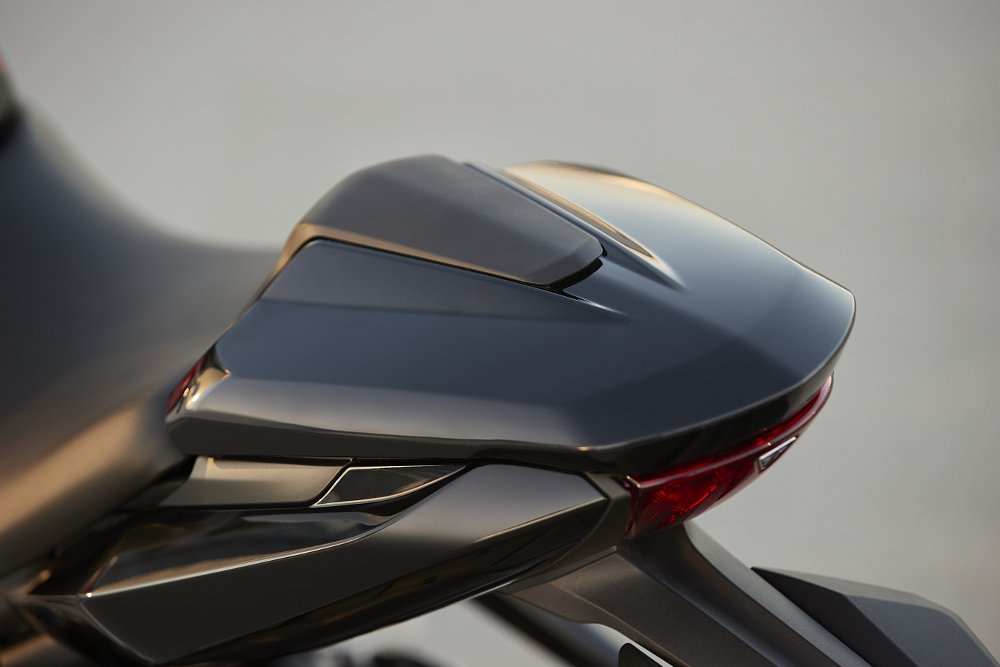
Advanced electronics beckon younger, newer riders to the Daytona, as well. Three ride modes (Road, Rain, and Sport) tailor throttle response and traction control to the situation, but users can also disengage TC completely. When paired to a device and the My Triumph app, the LCD/TFT instrument cluster offers turn-by-turn navigation and music playback control.

Starting at $9,195, the 2024 Daytona 660 will square off with the likes of the Yamaha YZF-R7 ($9,199), Kawasaki Ninja 650 ($8,899 with ABS), and Aprilia RS660 ($11,499). That puts the Daytona in different company than when the name was last used and it was competing with more track-oriented race replicas. But like its predecessor, the 2024 Daytona still distinguishes itself with the only three-cylinder engine in the class, which puts it in a position to go with the trend toward more street-friendly sport bikes while also offering something different.
| 2024 Triumph Daytona 660 | |
|---|---|
| Price (MSRP) | $9,195 |
| Engine | 660 cc, liquid-cooled, 12-valve, inline triple |
|
Transmission, final drive |
Six-speed, chain |
| Claimed horsepower | 94 @ 11,250 rpm |
| Claimed torque | 50.9 foot-pounds @ 8,250 rpm |
| Frame | Tubular steel |
| Front suspension | Showa 41 mm fork; 4.33 inches of travel |
| Rear suspension | Showa shock, adjustable for preload; 5.12 inches of travel |
| Front brake | Dual four-piston calipers, 310 mm discs with ABS |
| Rear brake | Single-piston caliper, 220 mm disc with ABS |
| Rake, trail | 23.8 degrees, 3.24 inches |
| Wheelbase | 56.12 inches |
| Seat height | 31.9 inches |
| Fuel capacity | 3.7 gallons |
| Tires | Michelin Power 6, 120/70 ZR 17 front, 180/55 ZR 17 rear |
| Claimed weight | 443 pounds |
| Available | March 2024 |
| Warranty | 24 months |
| More info | triumphmotorcycles.com |




